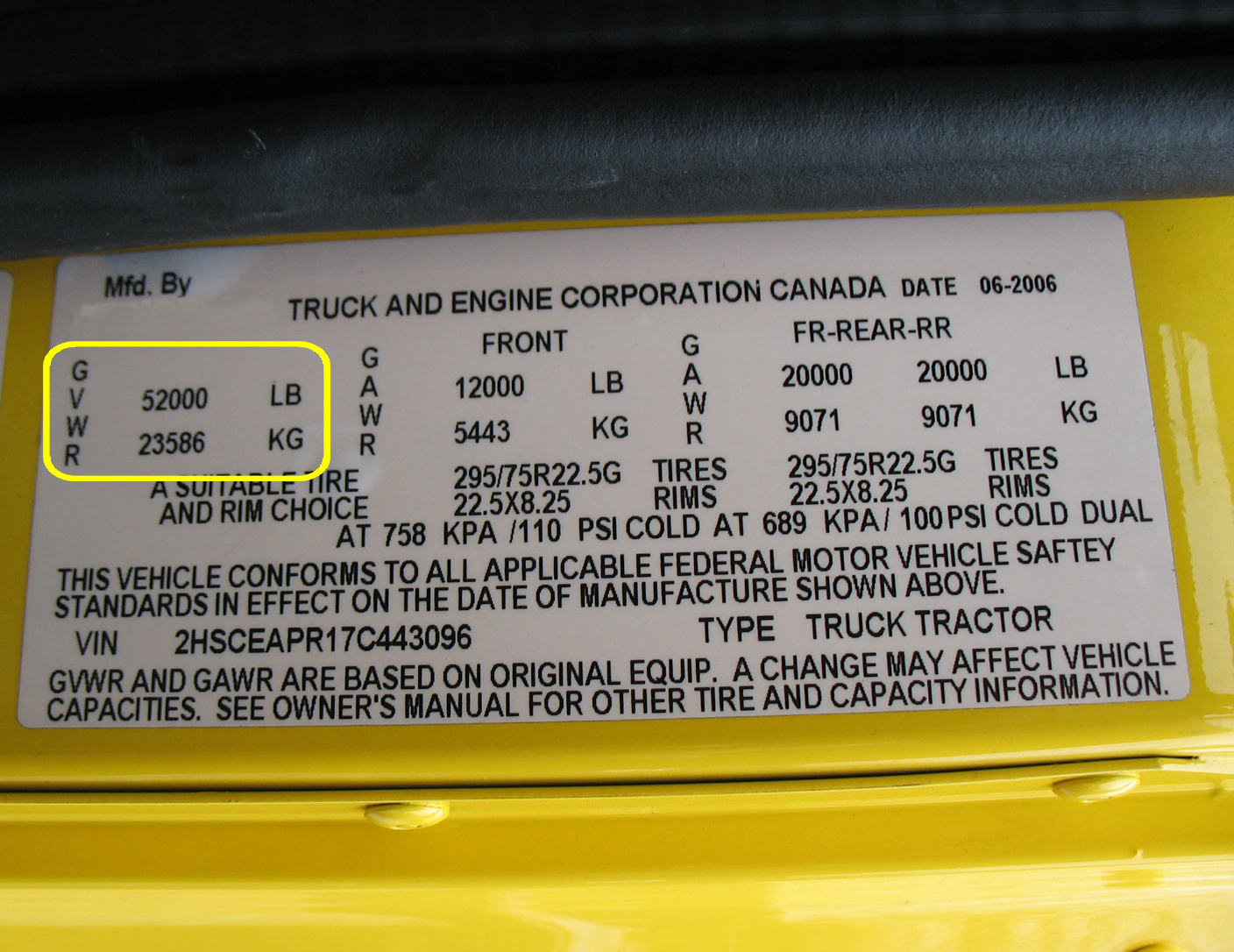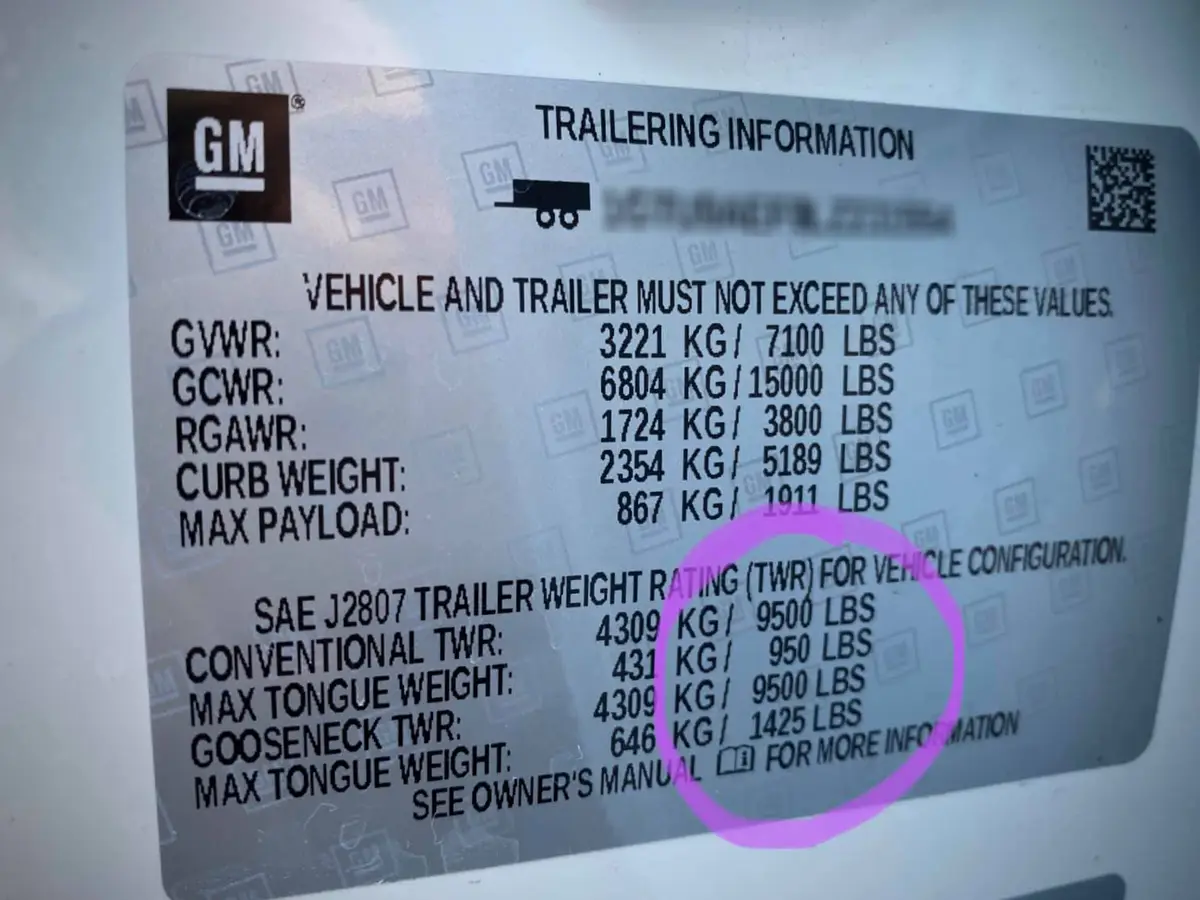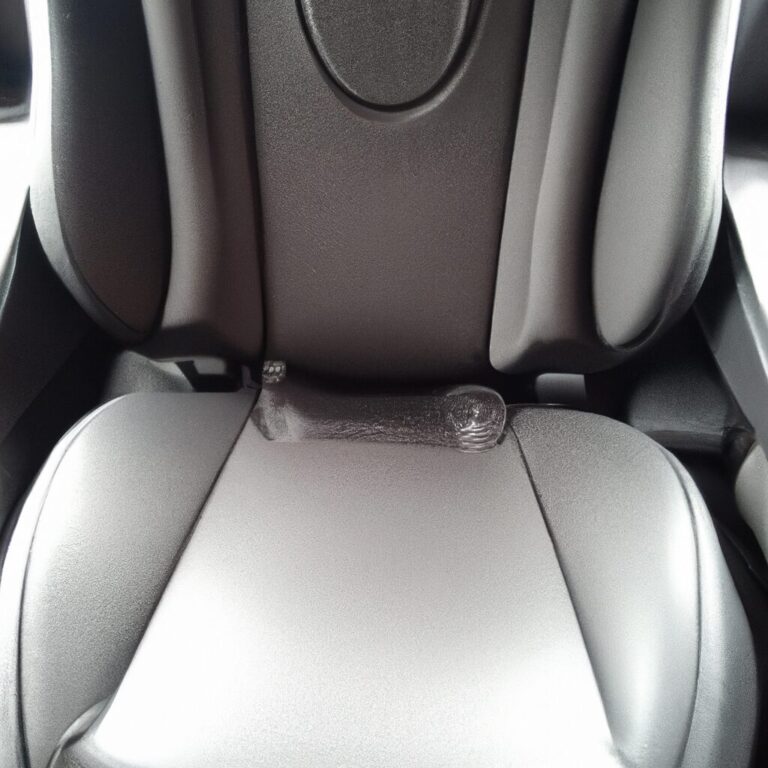How to Find Gvwr of a Truck
To find the GVWR of a truck, check the driver’s side door jamb sticker or the owner’s manual. The GVWR indicates the maximum weight a truck can safely carry, including the vehicle itself, cargo, and passengers.
Understanding the GVWR is crucial for safe loading and driving, as exceeding this limit can lead to hazardous situations such as brake failures or suspension issues. By following the vehicle manufacturer’s guidelines for GVWR, drivers can ensure their safety on the road and prevent damage to the truck.
Let’s explore the importance of knowing the GVWR of a truck and how it impacts overall performance and safety.

Credit: ww2.arb.ca.gov
What Is Gvwr?
What is GVWR?
GVWR stands for Gross Vehicle Weight Rating and refers to the maximum weight a vehicle is designed to safely carry, including the vehicle’s weight itself and its passengers, cargo, and fluids. Understanding the GVWR of a truck is essential for ensuring safe operation and preventing overload-related accidents and damage.
Definition
GVWR, or Gross Vehicle Weight Rating, is a standardized figure set by the vehicle manufacturer, representing the maximum weight that a vehicle can carry, including its own weight, passengers, cargo, and fluids.
Importance
Understanding the GVWR of a truck is crucial for safe and efficient operations. It ensures that the vehicle is not overloaded, which can lead to dangerous driving conditions, decreased maneuverability, and potential structural damage. By adhering to the GVWR, truck owners can maintain vehicle safety and prolong its operational life.

Credit: www.youtube.com
Methods To Find Gvwr
When it comes to determining the Gross Vehicle Weight Rating (GVWR) of a truck, there are several methods you can use to find this essential information easily. Checking the Owner’s Manual, Looking for the Door Sticker, and Contacting the Manufacturer are the primary ways to discover the GVWR of your truck.
Checking The Owner’s Manual
Begin with – checking the truck’s manual for the GVWR, as it usually contains detailed information about the vehicle’s specifications.
Look For The Door Sticker
In addition to the owner’s manual, find the GVWR information on a sticker located on the driver’s side door jamb.
Contact The Manufacturer
If you’re unable to locate the GVWR through the manual or door sticker, consult the manufacturer directly for accurate information.
Calculating Gvwr
When determining the Gross Vehicle Weight Rating (GVWR) of a truck, it’s crucial to consider various factors to ensure the vehicle operates safely within its specified limits. Calculating GVWR involves analyzing the Curb Weight, Payload, and Passengers the truck can carry.
Determining Curb Weight
Curb weight refers to the total weight of the empty truck, including fuel and essential fluids. To determine the curb weight, you can check the vehicle’s owner’s manual, look up the manufacturer’s specifications online, or visit a certified weigh station.
Including Payload And Passengers
Once you have the curb weight, you can calculate the GVWR by accounting for the payload and passengers the truck will be carrying. Remember to include the weight of any cargo, equipment, passengers, and additional accessories that will be inside the vehicle.
“` – Determine the Curb Weight: – Check the owner’s manual or manufacturer’s specifications. – Visit a certified weigh station for accurate measurement. – Incorporate Payload and Passengers: – Consider weight of cargo, equipment, and passengers. – Include any accessories that will be added to the truck.
Credit: tap.fremontmotors.com
Consequences Of Exceeding Gvwr
Exceeding the Gross Vehicle Weight Rating (GVWR) of a truck can have serious consequences. It is crucial to understand the potential safety risks and legal implications of surpassing the designated GVWR. Ignoring these factors can lead to hazardous situations and legal troubles.
Safety Risks
Exceeding the GVWR of a truck can compromise its stability and handling, increasing the risk of accidents. The braking system may become less effective, and tire blowouts can occur more frequently. Additionally, overloading a truck can accelerate wear and tear on essential components, elevating the likelihood of mechanical failures on the road.
Legal Consequences
Operating a truck that exceeds its GVWR is a violation of federal and state regulations. This can result in fines, penalties, and potential legal action. Moreover, insurance coverage may be adversely affected in the event of an accident, leading to financial liabilities that could have been avoided by adhering to the designated GVWR.
Tips For Staying Within Gvwr
Discovering the GVWR of a truck is essential for staying within weight limits. Follow these tips to easily find the GVWR and ensure safe and legal transportation.
Limiting Cargo And Passenger Weight
Giving careful consideration to the weight you carry in your truck is an essential part of staying within the Gross Vehicle Weight Rating (GVWR). By limiting the cargo and passenger weight, you can ensure that your vehicle performs optimally and remains safe on the road.
Here are some practical tips to help you stay within the GVWR:
- Only carry necessary items: Before loading up your truck, evaluate if each item is truly essential. The heavier your cargo, the closer you’ll get to exceeding the GVWR. Consider removing any non-essential items to lighten the load.
- Distribute weight evenly: Uneven weight distribution can affect the stability and handling of your truck. When loading cargo, aim to distribute its weight evenly between the front and rear axles. This helps maintain the balance of your vehicle and prevents excessive strain on specific parts.
- Avoid overloading the bed: If you frequently use your truck for hauling heavy loads, it’s important to know your truck’s payload capacity. Exceeding this limit can strain the suspension, brakes, and other critical components. Refer to your truck’s manual or consult the manufacturer for specific payload restrictions.
- Utilize roof racks responsibly: Adding a roof rack to your truck provides additional storage options, but it also adds weight. Be mindful of how much weight you’re adding to the roof rack and ensure it remains well within the GVWR. Take into account any reduction in fuel efficiency due to increased wind resistance.
Regularly Checking Gvwr
Maintaining awareness of your truck’s GVWR is crucial for its overall safety and longevity. Here are some points to keep in mind:
- Know your truck’s GVWR: Familiarize yourself with your truck’s GVWR by referring to the placard on the driver’s side doorjamb or by consulting the owner’s manual. This rating represents the maximum weight your truck can safely handle, including passengers and cargo.
- Weigh your truck periodically: Make it a habit to weigh your truck periodically, especially if you often carry heavy loads. Knowing the weight of your truck can help you determine if you’re approaching the GVWR limit, allowing you to make necessary adjustments.
- Factor in additional equipment: If you’ve added aftermarket accessories, such as a winch or a bull bar, remember to account for their weight when calculating the cargo you can safely carry. Every additional pound adds up and impacts the overall GVWR.
Frequently Asked Questions Of How To Find Gvwr Of A Truck
How Do You Determine The Gvw Of A Truck?
To determine the GVW of a truck, check the manufacturer’s label or the VIN plate. The GVW, or Gross Vehicle Weight, is the total weight of the truck, including the vehicle itself, passengers, cargo, and fuel. It is important for safety and compliance with weight regulations.
Where Is The Gvwr Located On A Vehicle?
The Gross Vehicle Weight Rating (GVWR) is typically found on a vehicle’s driver-side door jamb sticker.
How Do You Calculate Gvwr From Vin?
You cannot calculate GVWR from VIN as it is not encoded in the vehicle identification number.
What Is Gvwr On A Truck Calculator?
The GVWR on a truck calculator determines the maximum weight a truck can safely carry, including cargo and passengers.
How Do I Find The Gvwr Of A Truck?
To find the Gross Vehicle Weight Rating (GVWR) of a truck, you can check the vehicle’s owner’s manual or the driver’s side door jamb for a sticker that provides this information.
Why Is It Important To Know The Gvwr Of A Truck?
Knowing the GVWR of a truck is crucial because it tells you the maximum weight the vehicle can safely carry, including the weight of passengers, cargo, and additional equipment. Exceeding the GVWR can lead to accidents and damage to the vehicle.
Can I Exceed The Gvwr Of A Truck?
Exceeding the GVWR of a truck is not recommended as it can put a strain on the vehicle’s suspension, brakes, and other components, increasing the risk of accidents and mechanical failures.
Conclusion
Understanding the GVWR of your truck is essential for safe and legal operation. By following the steps outlined in this guide, you can easily find the GVWR of your truck and ensure that you’re operating within the specified weight limits.
This knowledge will not only keep you safe but also help you avoid fines and potential damage to your vehicle. Keep these tips in mind and drive safely!

